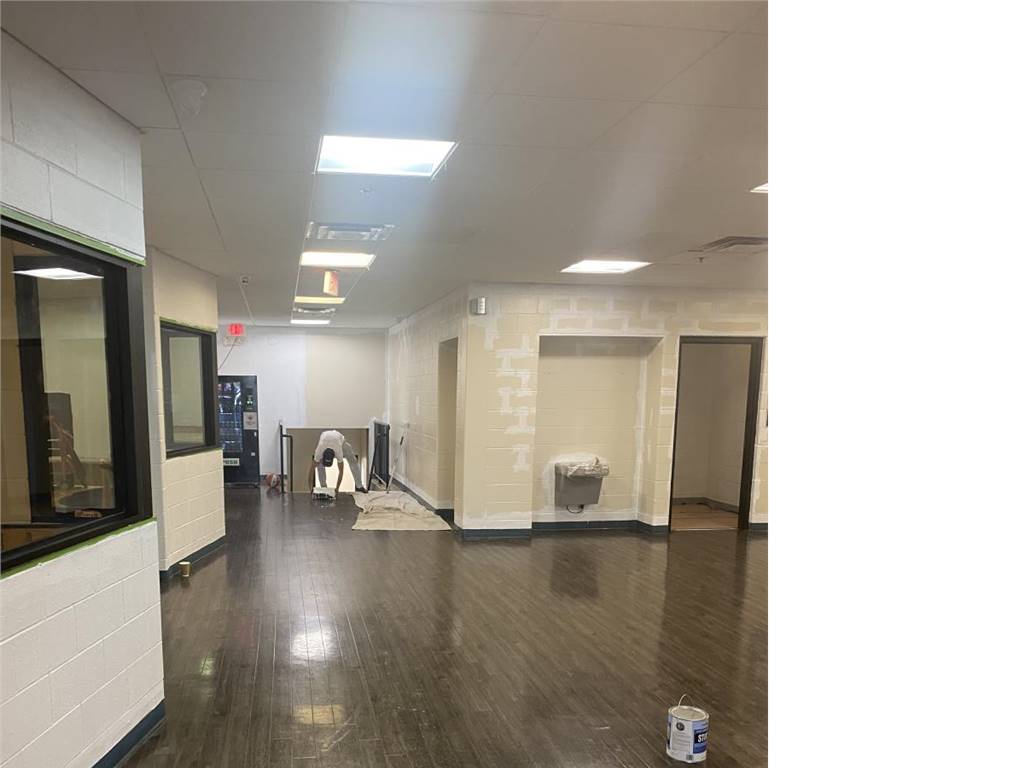
Whitewashing Vs. Limewashing: What Are The Differences?
Whitewashing and limewashing are two similar yet different types of techniques. Both are used to give a surface a white or light color, but there are some key differences between the two. In this blog post, we will take a look at the differences between whitewashing and limewashing, and we will also discuss when each type of technique should be used. So if you are interested in painting your home or office with either whitewashed or limewashed walls, then keep reading!
What Is Whitewashing?
Whitewashing is a painting technique that has been used for centuries. The technique consists of applying a thinned white paint mixture over a previously painted surface. The thinned white paint mixture can be applied with a brush, roller, or sprayer.
The primary purpose of using the whitewashing technique is to lighten the color of the underlying surface without obscuring any details. In some cases, whitewashing can also be used to add highlights or to create an aged appearance.
It's a versatile solution that may be applied to both the insides and exteriors of your home.
Covers and smoothes unsightly surfaces at a rapid pace.
The application is simple and quick.
It dries quickly.
You can paint over rusted, old wood with this. But you must sand and clean the current layers before whitewashing.
To improve the lifespan of the whitewash, apply a silk polyurethane or water-based matte sealer.
If it is done correctly, it can last up to two decades.
What Is Limewashing?
Limewashing is a type of paint or coating which is made from limestone and water. It is often used on walls and other surfaces to create a white, chalky appearance.
Limewashing has been used for centuries as a way to improve the look of buildings and walls. It was particularly popular during the 18th and 19th centuries in Europe. Today, limewashing is making a comeback as people look for more environmentally friendly and sustainable painting options.
There are two main types of limewash: traditional slaked limewash, which uses quicklime that has been soaked in water, and modern premixed limewash, which uses hydrated lime.
It may be utilized on both the outside and inside of a home.
This is a very good option for individuals who suffer from allergies since the pH level is alkaline.
Insects and bugs are repelled by the odor, dampness, and texture of it.
Provides an extra layer of protection against open-air parts.
It's simple to remove after five days if you paint it.
This concrete sealer is perfect for porous surfaces like stone, block, and masonry.
Drywall may be covered with this after the mineral-based layer has been applied.
Limewash painting can last for up to seven years if correctly used. It should not strip, lose, or chip after being applied.
Should You Choose Whitewashing or Limewashing?
There is no definitive answer as to whether whitewashing or limewashing is the better option - it really depends on the specific situation and what look you are trying to achieve. However, there are some general considerations that can be helpful in making a decision.
Whitewashing generally gives a more stark, clean look while limewashing can provide more coverage and give a softer appearance. Whitewashing is also typically quicker and easier to do, especially if you are not experienced with painting or have limited time. If you choose to whitewash, be aware that it will likely require more frequent touch-ups than limewashing.
There are a few advantages of limewashing over whitewashing. First, limewashing provides a more matte finish, while whitewashing can leave surfaces looking too eggshell or chalky. Second, limewashing is more resistant to staining and mildew than whitewashing. Finally, limewashing is less likely to chip or peel over time than whitewashing. For these reasons, many homeowners prefer limewashing to whitewashing for their interior walls and trim.



